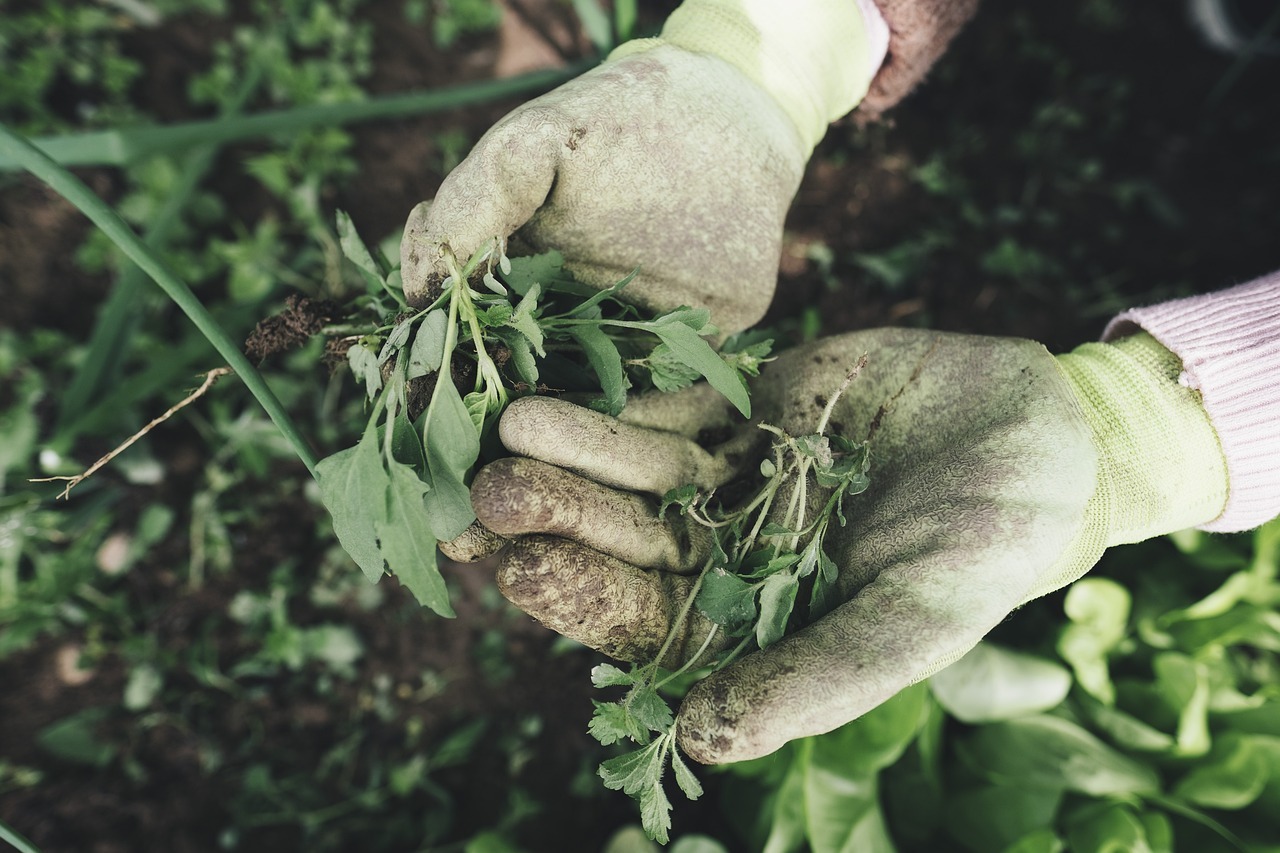
Introduction
Gardening is a year-round endeavor that requires attention and care through every season. Each season brings its unique challenges and opportunities for growth. Understanding how to prepare your garden for seasonal changes can significantly enhance your plants’ health and yield. This comprehensive guide will help you navigate the essentials of seasonal garden maintenance, ensuring your garden flourishes throughout the year.
Table of Contents
- Understanding the Seasons
- 1.1 Spring Preparation
- 1.2 Summer Maintenance
- 1.3 Fall Cleanup
- 1.4 Winter Care
- Essential Tools for Seasonal Maintenance
- Soil Management Throughout the Year
- Planting and Pruning by Season
- Pest and Disease Control Strategies
- Watering Needs Across Seasons
- FAQs
- Conclusion
1. Understanding the Seasons
Each season requires specific maintenance practices to support your garden’s growth.
1.1 Spring Preparation
Spring is a time of renewal, and it’s crucial to prepare your garden for the growing season. Here are some key tasks:
- Soil Testing : Check your soil’s pH and nutrient levels. Amend as necessary with compost or fertilizers to create a fertile environment.
- Planting Seeds : Early spring is ideal for sowing cool-season crops like peas, lettuce, and spinach.
- Weed Control : Clear any weeds that may have sprouted during the winter. Mulching can help prevent further growth.
1.2 Summer Maintenance
Summer demands regular attention to keep your garden thriving in the heat.
- Watering : Ensure your plants receive consistent moisture, ideally through deep watering techniques to encourage deep root growth.
- Fertilization : Apply slow-release fertilizers to nourish plants throughout the growing season.
- Pruning : Trim back overgrown plants to promote airflow and reduce the risk of diseases.
1.3 Fall Cleanup
As the growing season winds down, fall maintenance is critical for a healthy garden in the next year.
- Harvesting : Gather remaining fruits and vegetables before the first frost.
- Cleaning Up Debris : Remove dead plants and fallen leaves to reduce disease risks.
- Planting Cover Crops : Consider sowing cover crops like clover or rye to improve soil health over winter.
1.4 Winter Care
While your garden may seem dormant, winter care is vital for the upcoming season.
- Protecting Plants : Use mulch or protective covers to shield plants vulnerable from frost.
- Planning for Spring : Take this time to plan your spring garden, selecting new plants and making improvements based on the previous year’s performance.
2. Essential Tools for Seasonal Maintenance
Having the right tools makes seasonal maintenance more efficient. Essential tools include:
- Garden Fork and Trowel : For digging and amending soil.
- Pruning Shears : For cutting back plants during various seasons.
- Watering Can or Hose with a Spray Nozzle : For effective watering.
- Rake and Hoe : For clearing debris and preparing beds.
3. Soil Management Throughout the Year
Soil is the foundation of any garden. Regular management is essential for optimal plant growth.
- Spring : Amend soil with compost and fertilizers.
- Summer : Monitor soil moisture and fertility, adding organic matter as needed.
- Fall : Incorporate cover crops and mulch to protect soil during winter.
- Winter : Allow soil to rest, preventing compaction and erosion.
4. Planting and Pruning by Season
Each season has its ideal planting and pruning practices.
Spring Planting and Pruning
- Plant : Start cool-season vegetables and perennials.
- Prune : Remove dead or damaged wood from shrubs and trees.
Summer Planting and Pruning
- Plant : Add heat-loving crops like tomatoes, peppers, and herbs.
- Prune : Trim perennials that have finished blooming to encourage new growth.
Fall Planting and Pruning
- Plant : Set spring-blooming bulbs and cold-tolerant crops.
- Prune : Cut back perennials and shrubs after they have died back.
Winter Planting and Pruning
- Plant : In milder climates, consider planting garlic and shallots.
- Prune : Focus on deciduous trees and shrubs while they are dormant.
5. Pest and Disease Control Strategies
Keeping pests and diseases at bay is crucial for maintaining a healthy garden. Here’s how to manage them seasonally:
- Spring : Monitor for early signs of pests. Use organic pesticides if necessary.
- Summer : Regularly inspect plants for signs of disease and treat accordingly.
- Fall : Clean up debris to prevent overwintering pests.
- Winter : Plan your pest control strategies for the coming season.
6. Watering Needs Across Seasons
Watering is a key aspect of garden care that varies with the seasons.
- Spring : Gradually increase watering as temperatures rise and plants begin to grow.
- Summer : Ensure deep watering to establish strong roots, ideally early in the morning.
- Fall : Water less frequently as temperatures drop but continue to hydrate newly planted trees and shrubs.
- Winter : Watering needs decrease, but evergreens may need hydration during dry spells.
7. FAQs
Q1: How can I tell if my plants need water?
A1 : Check the top inch of soil; if it feels dry, it’s time to water. Additionally, wilted leaves are a sign of dehydration.
Q2: What should I do if my plants are infested with pests?
A2 : Identify the pest and use appropriate methods for control, such as insecticidal soap or introducing beneficial insects.
Q3: When is the best time to prune my plants?
A3 : Generally, prune in early spring or late fall when plants are dormant, but flowering times can vary by species.
Q4: How can I improve my soil quality?
A4 : Regularly amend your soil with compost and organic matter to improve structure and nutrient content.
Conclusion
Seasonal garden maintenance is essential for the health and productivity of your garden. By understanding the specific needs of each season—from spring preparation to winter care—you can create an environment where your plants thrive. Regular attention to soil management, pest control, and proper watering will ensure your garden flourishes year-round. Embrace the seasonal changes, and enjoy the beautiful rewards of your labor! Happy gardening!



